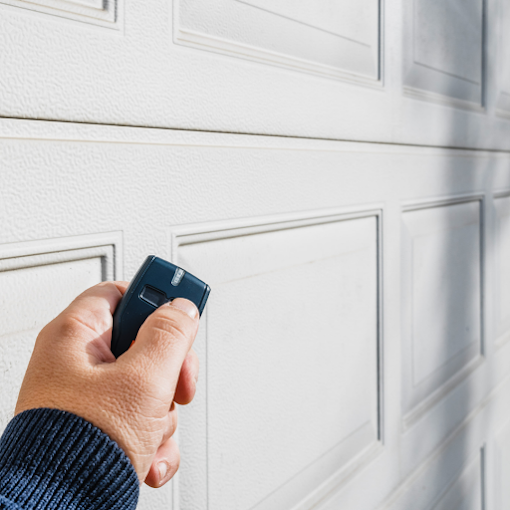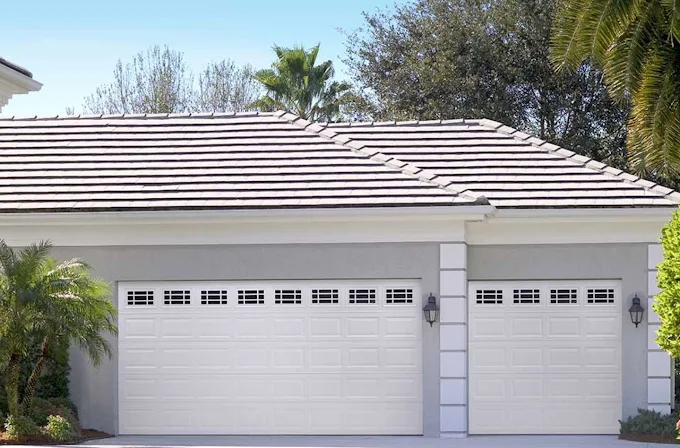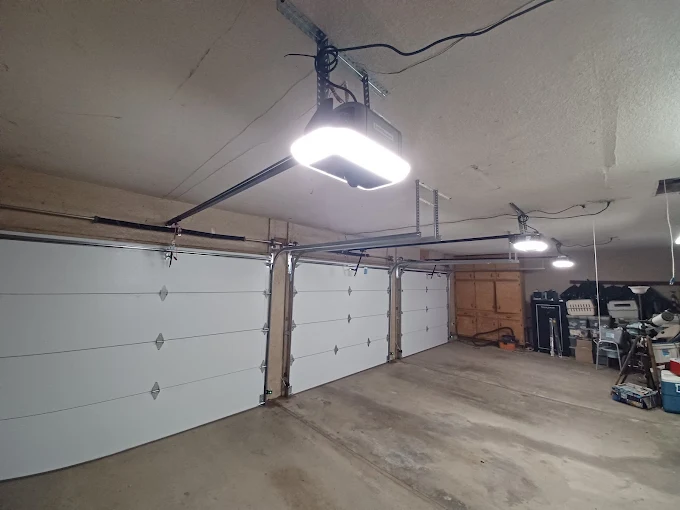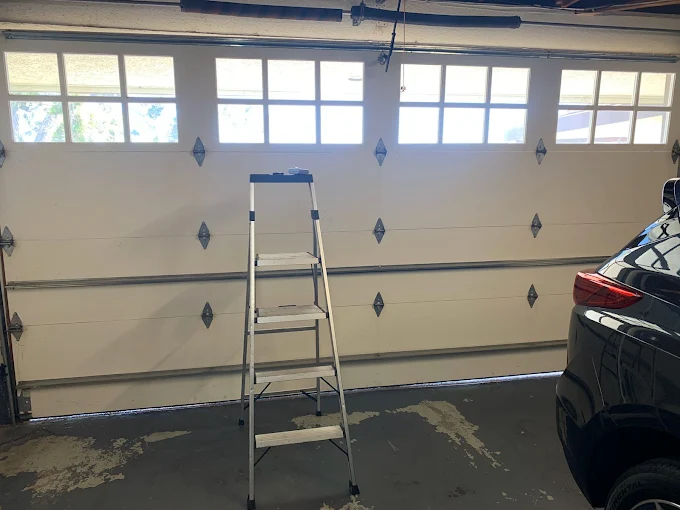Your garage door sensor is a small but important component of your garage door system. It is responsible for detecting obstacles and preventing the door from closing due to objects, pets or people. Without properly functioning sensors, your garage door’s security mechanism is compromised, putting your family and property at risk.
If your garage door suddenly refuses to close or reverse unexpectedly, the sensor is likely to blame. Fortunately, most sensor issues are simple to diagnose and fix. Here’s a complete guide on when your garage door sensor stops working, common causes, DIY solutions, and when to call a professional.
How do garage door sensors work
Garage door sensors, also known as photo-eye sensors, are mounted near the bottom of the door tracks. They work in pairs – one sends an invisible infrared beam, and the other receives it.
If the beam is clear, the door will close as normal.
If something blocks the beam, the door will stop or reverse to prevent accidents.
When these sensors fail, the door may not close properly or may behave erratically. Knowing how they function helps you troubleshoot issues effectively.
Common signs of a faulty garage door sensor
Before jumping into repair, it’s important to confirm that the sensors are indeed the issue. Watch for these warning signs:
Garage door does not close or reverse immediately after starting.
The indicator lights on one or both sensors are blinking or off.
The door only closes when you hold the wall switch.
The door behaves inconsistently – sometimes working, sometimes not.
If you are experiencing any of these symptoms, follow the troubleshooting steps below.
Check for blockages
One of the most common causes of sensor malfunction is a simple one: something is blocking the beam. Even a small object, leaf, or cobweb can disrupt the signal.
What to do:
Inspect the area between the sensors for debris, dirt or objects.
Clear anything that may block the beam.
Test the door again to see if it closes normally.
Clean the sensor lens
Dust, pollen, and dirt can accumulate on the sensor lens, interfering with the infrared beam. Cleaning them is a quick and easy fix.
how to do it:
Gently wipe the lens with a soft, dry cloth.
Avoid using harsh cleaners that may damage the surface.
After cleaning, check if the indicator lights turn on and the door operates properly.
Retrieve the sensor
The sensor must be perfectly aligned to function correctly. If they are slightly out of position – even by a fraction of an inch – the beam may not connect.
How to recover:
Loosen the mounting bracket slightly.
Adjust the sensors so that they directly face each other and are level.
Tighten the brackets and check the indicator lights. A steady light usually means proper alignment.
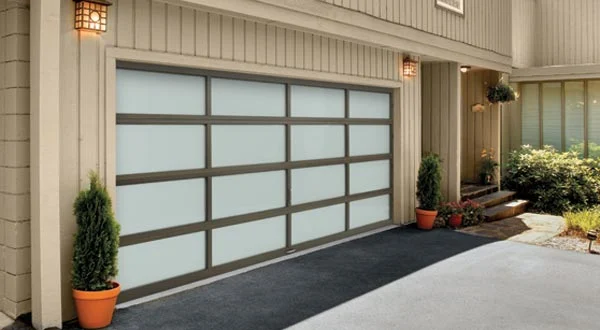
Observe wires and connections
The failure of the damaged or loose wiring sensor is another common cause. Pets, insects, or simple wear and tear can give rise to disconnected or frightening stars.
What to check:
Look for the loose, frightening, or disconnected wires with the sensor and opener.
Connect any loose wires safely.
If the wires are damaged, call a professional for safe replacement.
Check out sunlight intervention
Strong direct sunlight can sometimes interfere with infrared beams, especially during some time of the day.
What can you do:
Install a small shade or shield around the sensor to block direct sunlight.
Try to reproduce the sensor slightly without affecting their alignment.
Reset the garage door opener
If none of the above stages solve the problem, try to reset the garage door opener. A system reset can sometimes solve sensor communication issues.
How to reset:
Unplug the opener for 30 seconds.
Plug it back and test the door.
If the sensors still do not respond, professional assistance may be necessary.
When to call a professional
If you have tried all the troubleshooting stages and your sensors are still not working, the time has come to call the garage door repair specialist. It may contain problems in deep electrical problems, internal sensor damage, or control boards of the opener that requires special equipment and knowledge.
Trying to repair complex electrical automatically can be dangerous – and your garage door warranty may be canceled. A professional technician will quickly diagnose the problem and ensure that your security system is completely restored.
Tips to prevent future sensor problems
Clean the sensor lens every 2-3 months.
Keep the area around the sensor free from clutter and debris.
Avoid hitting the sensor with equipment, bike or storage box.
Schedules the annual professional maintenance to catch the issues soon.
Conclusion
The bad garage door sensor is more than an inconvenience – this is a safety risk. Fortunately, most of the problems can be solved from simple troubleshooting stages such as cleaning, reels alignment, or removal of obstacles. But if the problem persists, do not hesitate to contact a professional for reliable and safe repair.
By maintaining your sensors regularly and resolving the problems quickly, you will ensure that your garage door continues safe, smooth and efficiently for years to come.
Frequently Asked Questions (FAQ)
- How many times should I clean my garage door sensor?
For best performance, every 2-3 months or whenever you see dust. - Why is the door of my garage closed only after pressing the button?
This usually indicates a sensor problem – potential incorrect alignment or blocked beams. - Can I change the garage door sensor myself?
Yes, if you are comfortable with basic wiring, but professional installation is recommended for best results.

